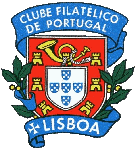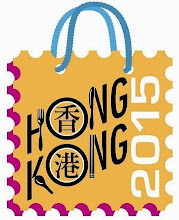APICULTURE EXPEDITION - Apiaries and the apicultural
landscape of Madeira
The agricultural landscape of Madeira is dominated by the
terraces or ledges that rise up the slopes from the sea to the mountain range.
The construction of retaining walls to support the terraces and the
construction of levadas (water ways) for carrying water, have conditioned the
way that the apiaries, beehives and bees integrate the landscape.
The great variety of the natural habitat, in
terms of climate and vegetation, has contributed to the emergence of new
subspecies or breeds of the Apis mellifera bees, with different characteristics
and adapted to the different environmental conditions.
Formerly, the first
colonies of Apis mellifera constituted a rustic activity whose main objective,
for most of the producers, was to meet their own consumption needs.
Currently,
the apicultural activity provides economic gains and contributes to maintaining
and preserving the environment.
The beehives are made of wood, usually
cryptomeria or pine, harmonizing in perfect tune with their surroundings.
Their
conservation is made with a bath of molten paraffin to waterproof and preserve
them, or they are painted with bright colours, easily blending in as a typical
element of the landscape.
Many cultivated plants, especially fruit trees,
depend on insects for pollination.
Sometimes the beehives are placed near the
orchards so as to contribute to achieving a more rich and abundant harvest.
The vegetation cover, characteristic of the
island, displays a variety of flora that is important for apiculture.
The array
of bee flora, made up of native and introduced plants, permeates the landscape
with vegetation that extends from the wide coast and valleys along the
coastline, up to the strata of the laurel forest.
This diversity and richness
of flora in Madeira, along with the absence of serious diseases, contribute to
achieve high-quality honey. In its production, the colour and flavour are
directly linked to the predominance of the flora used.
While the honey obtained
from multi-flora is darker and generally very nutritious, the honey made from
single flower species are lighter-coloured and have smoother flavours and
aromas.
Just as the bees were important since the dawn
of humanity, a symbol of defence and fortune, today too they continue to
producing very rich natural foods, being an important contribution to
biodiversity.
Technical Details
Date of Issue: 17 May 2013
Values: stamps of 0,36€ 0.70€, 0,80€ and 1,70€.
Souvenir sheet with stamp of 1,70€.
Souvenir sheet with stamp of 1,90€.
Acknowledgments: Direção Regional de Agricultura e
Desenvolvimento Rural
Região Autónoma da Madeira
Designer: Elizabete Fonseca
Photos:
Printer: Cartor
Process: Offset
Size: stamps: 40,0 x 30,6 mm
Souvenor sheet: 125 x 95 mm
Perforation: Cross of Christ 13 x 13
Paper: FSC 110 g./m2
Watermark:
Sheet: with 50 stamps





























.png)






































No comments:
Post a Comment